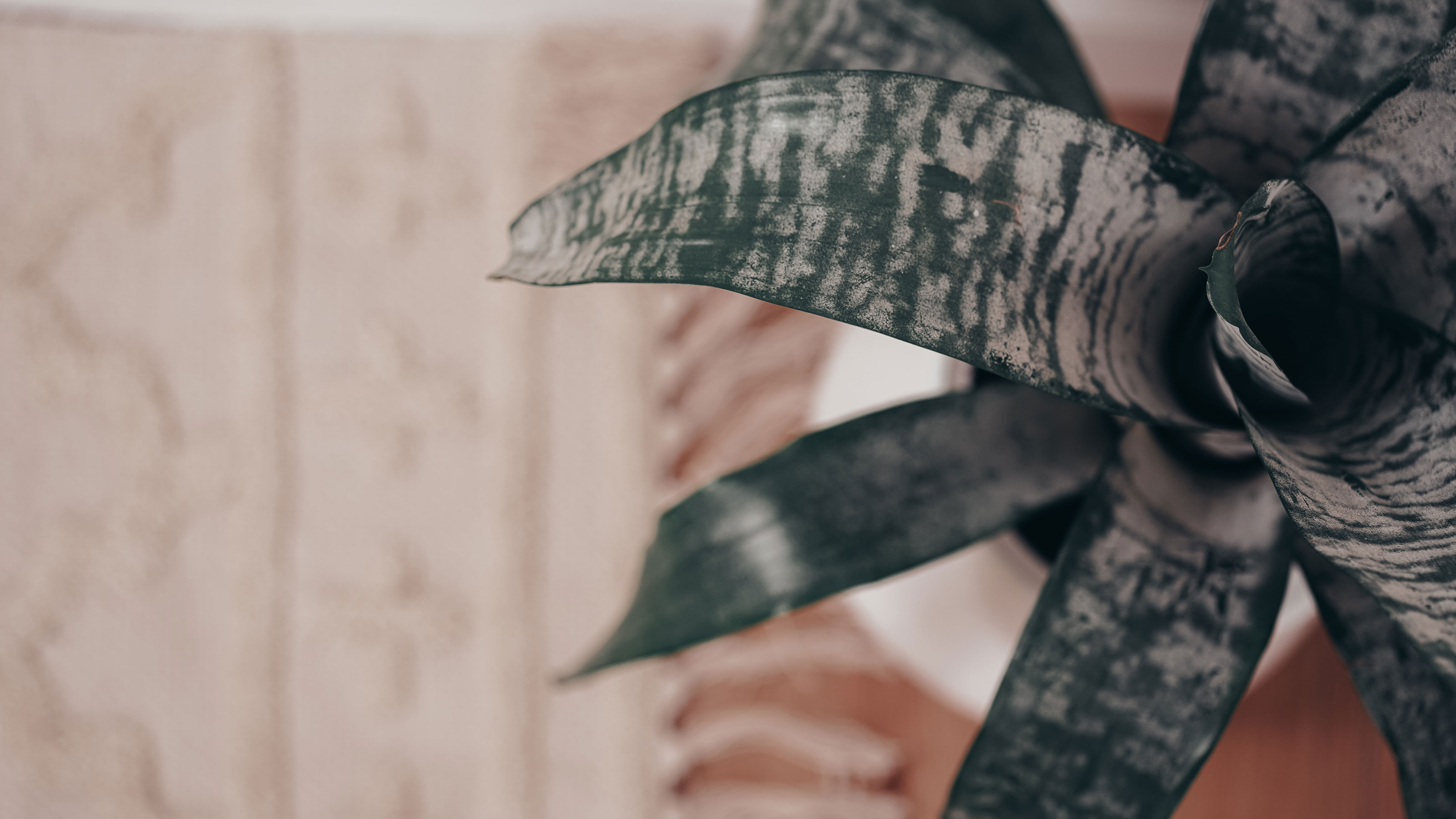

Need to know how to identify houseplant pests? We've got you covered with our guide that covers the signs of a houseplant bug problem and which one you're dealing with so you can take the appropriate action, as how to get rid of mealybugs differs from spider mites.
Houseplants have many benefits, from purifying the air to adding a splash of color to a room. However, they can also attract pests that are detrimental to their lustre, growth and overall health.
Guy Barter, Chief Horticulturist at the Royal Horticultural Society explains more, ‘Houseplants are pretty trouble-free but occasionally some annoying but seldom very damaging pests have to be managed.'
Even the most experienced houseplant parent will fall victim to plant pest attack. No need to fret though. We recommend being just a tad more observant so you'll notice a pest problem at an earlier stage – which in turn, will hopefully make the problem easier to fix.
Read on for the most common indoor plant pests and how to identify them.
- If you're not sure it's plant pest you're dealing with, check our guide to common plant diseases and how to treat them.
Identifying gnats on plants
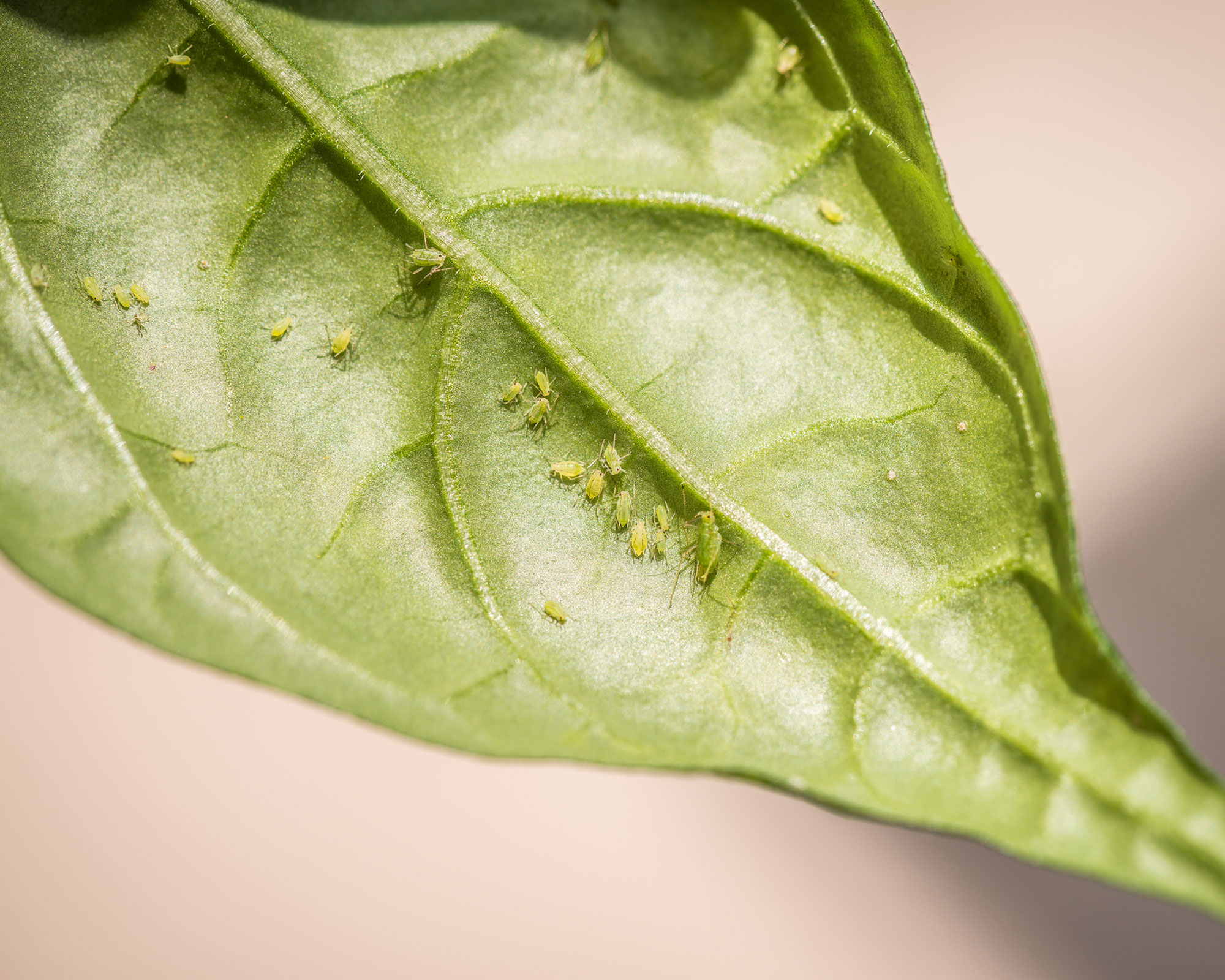
Identifying aphids or greenflies on plants
One of the most common household pests is the aphid which is also know as greenfly, whitefly and more. There are a variety of species of aphid and they come in an assortment of colors. Green- and whitefly are the most common, but different species can appear black, brown, yellow, and even pink... Some species can also feed specifically on certain plants.
Guy Barter explains more, 'Aphids suck sap weakening plants, cause foliage to curl, form unsightly colonies and may also spread virus diseases. Soap or oil base insecticides that leave no residues are highly effective if the plant is well covered with spray. Predators can be bought and are very effective in greenhouses and conservatories.'
We'll run through a little about the damage they cause and what the little blighters look like.
- Plant damage: Misshapen, curling, stunted, or yellowing leaves and a sticky substance on stems and leaves left after they been sipping sap. This sticky substance can turn into a black, sooty fungal growth.
- What aphids look like: They are tiny with adults measuring under a ¼-inch, with pear-shaped bodies and long antennae. Most species have two short tubes coming out from their back end.
- Have an aphid problem? Consult our how to get rid of aphids guide and rid yourself of them for good.
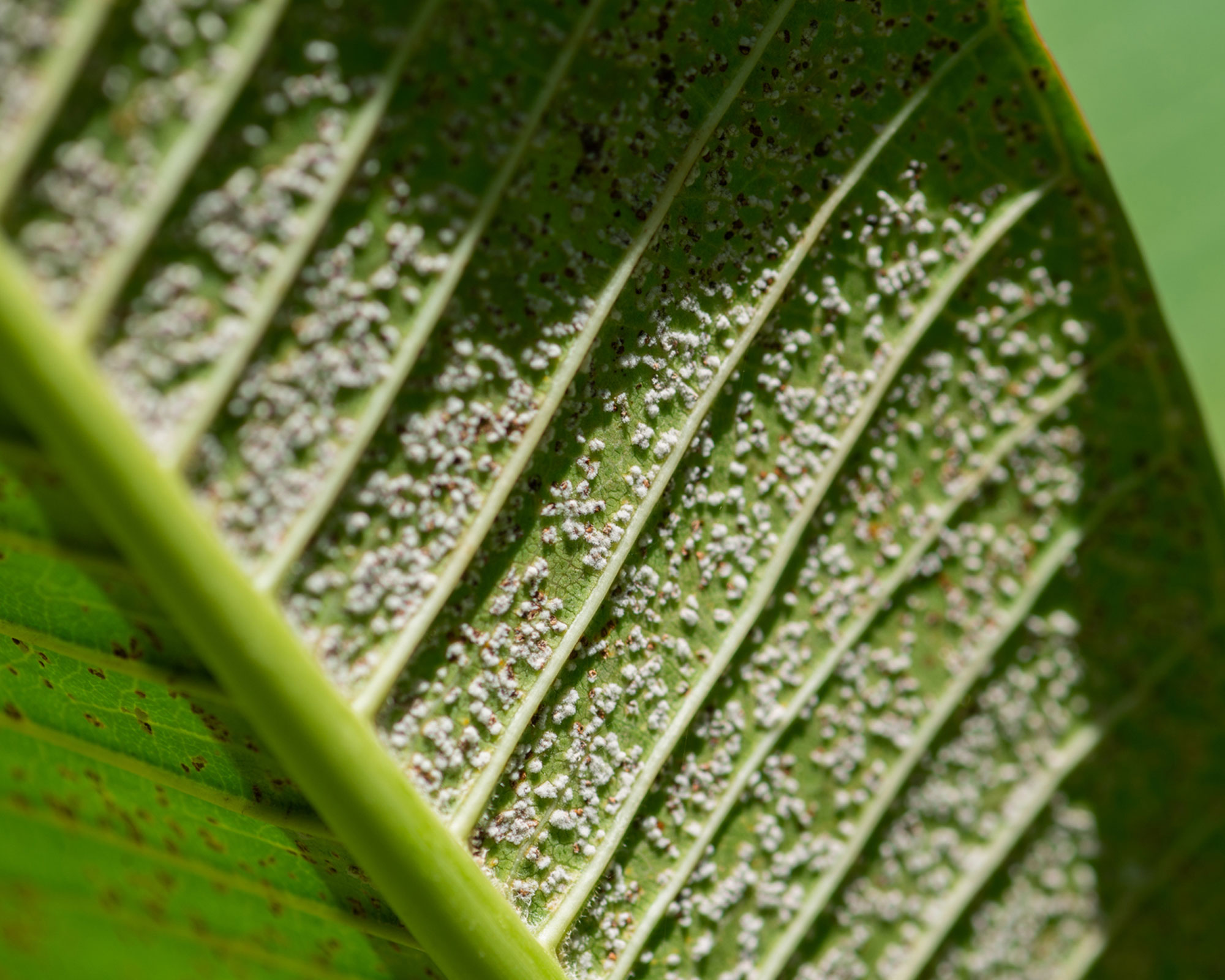
- How to identify bugs in your home – bed bugs, termites, cockroaches, ants and more with pictures
Identifying mealybugs on plants
Mealybugs appear as tiny, soft-bodied insects surrounded by a messy, white fuzz - where the stems meet the leaves (nodes). They can be a death sentence for your houseplants.
Guy explains more, 'Mealybugs are a most damaging pest covering roots and foliage with grey powdery bugs disfiguring and weakening plants and excreting honeydew - there is usually no remedy but to discard and replace afflicted plants. They attack most plants but orchids are especially badly affected.'
Here's how to identify these pesky plant pests.
- Plant damage: Leaves to turn yellow, wilt and drop and like aphids, they make a sticky substance which grows into a mould. If the mealybug infestation isn't eliminated completely, your plant may well die.
- What mealybugs look like: You'll only really notice the females which are particularly small (around one-tenth of an inch) and hide their eggs in the white fluffy stuff. The eggs then hatch in around 10 days and produce nymphs who relocate to a new part of the plant to develop into adults.
- Find out how to get rid of mealybugs with our detailed guide.
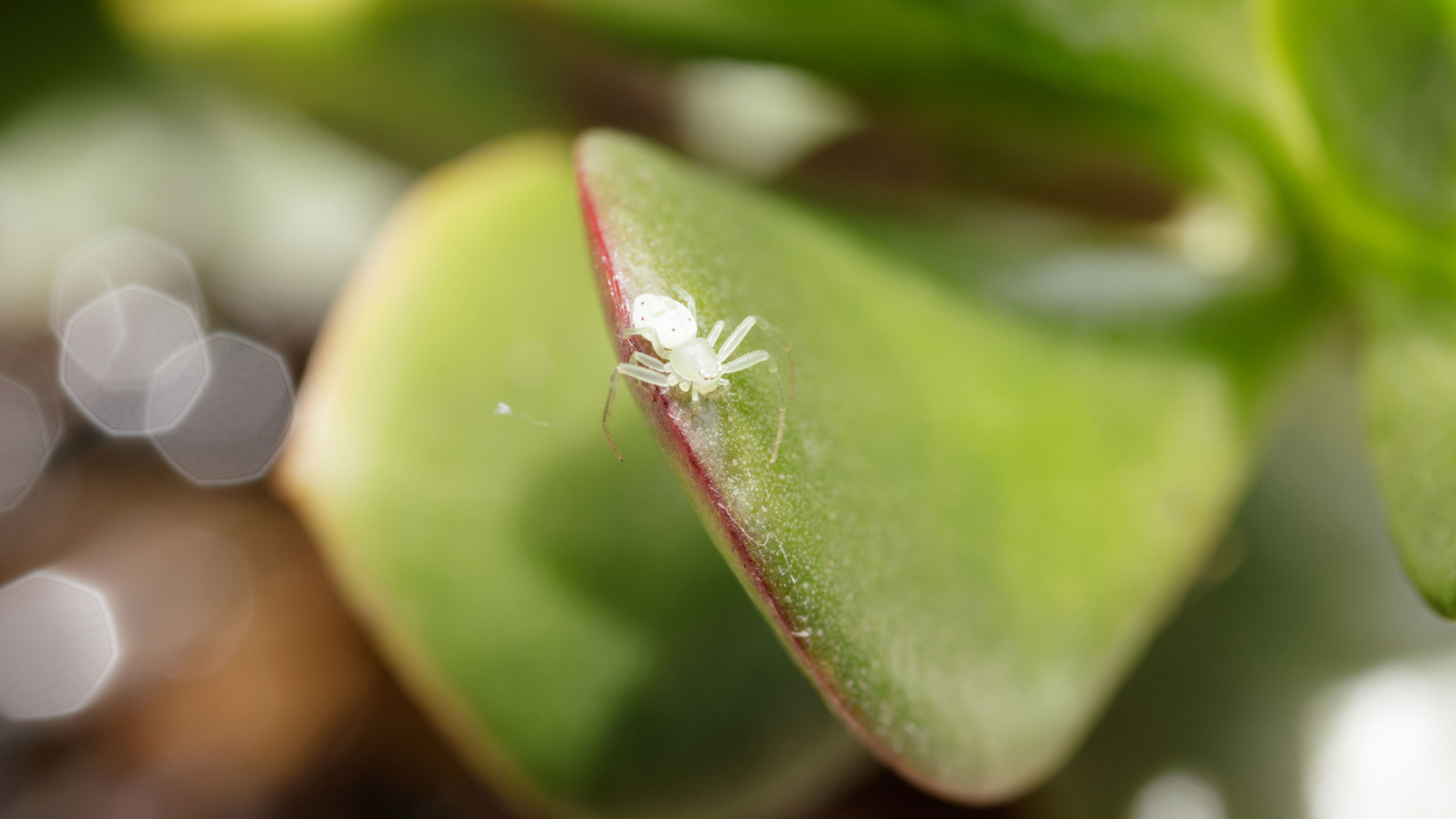
Identifying spider mites on plants
The smallest members of the arachnid family are a bane of your houseplants' existence and will test even the most green-fingered pro. Typically, when plants are stressed from hot weather and dehydration, they are especially vulnerable to spider mites who thrive in dry, warm conditions.
Guy says, 'Spider mites flourish in hot dry summer conditions beneath leaves sucking sap and doing considerable damage to the plants by turning leaves dry and yellow, often beneath tell tale webbing. Predatory mites can give good control in greenhouse but indoors soap or oil base insecticides that leave no residues offer fair control.'
Here's how to identify these creepy bugs.
- Plant damage: Look for bleached, yellow or discolored leaves or if you see tiny white, yellow or brown spots under the leaves it's a red flag for a severe case.
- What spider mites look like: These tiny insects (1mm at the most) look like red, brown, yellow, black or brown moving dots. You can identify spider mites by their thin silk-like webbing that they use to protect themselves and their eggs. As the infestation gets bigger, so will the webs.
- Found spider mite webs on your beloved plant? Save the day with our guide to how to get rid of spider mites.
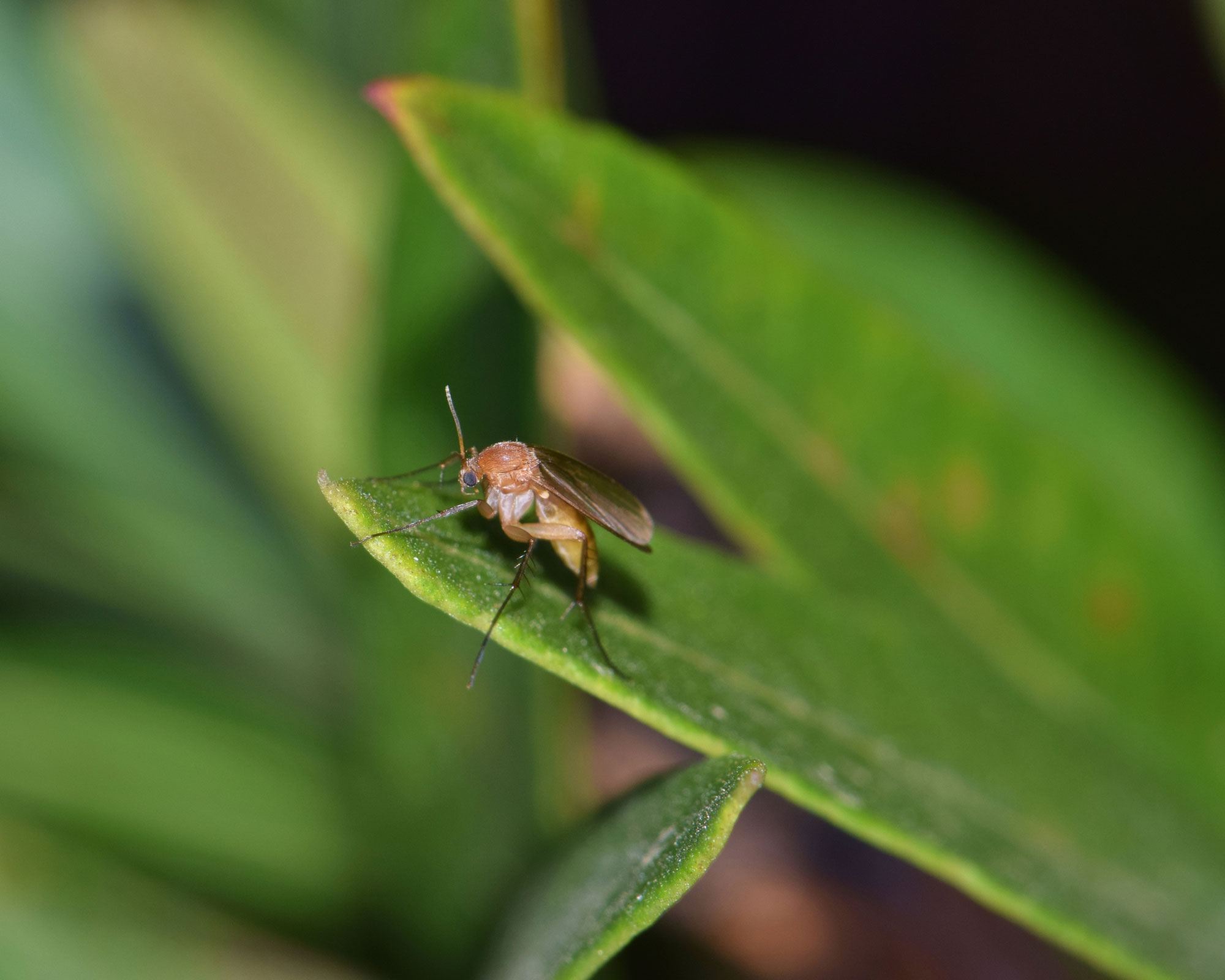
Identifying fungus gnats on plants
Fungus gnats are very common indoor plant pests, especially in humid, moist and warm conditions. You can find more on them in our guide to how to get rid of gnats.
Guy explains more, 'Annoying tiny flies found near houseplants are called sciarid flies or fungus gnats. They do no real harm and can be avoided by repotting in fresh potting compost or by using yellow traps, and above all by avoiding over watering.'
Here's more about these culprits.
- Plant damage: The flying adults are more of a nuisance than anything else but it’s the larvae, feeding in the soil, that can damage delicate plant roots.
- What Fungus gnats look like: Adults are greyish brown flies that are around 3 - 4mm long. You'll spot them running over seed trays and pots, or flying slowly around plants. The larvae are think white maggots, that measure up to 6mm long, with black heads.
Join our newsletter
Get small space home decor ideas, celeb inspiration, DIY tips and more, straight to your inbox!

Jenny is Senior Digital Editor and joined the team in January 2021. She also works on the homes brands' video show, on the Future Homes Network, which is packed full of ideas to help you make the most of your own home and garden. Since getting on the property market with her first apartment and then more recently a house, her passion for interior design and gardening has taken on a new lease of life. Jenny's currently on the lookout for a doer-upper to put her stamp on. She loves collecting and salvaging unique items (much to her other half's despair) but sniffing out stylish home bargains is her one true love. When she has a spare minute, she loves to do a spot of crafting, having studied textiles at Uni – although she hardly gets the chance with a toddler who keeps her permanently on her toes.
-
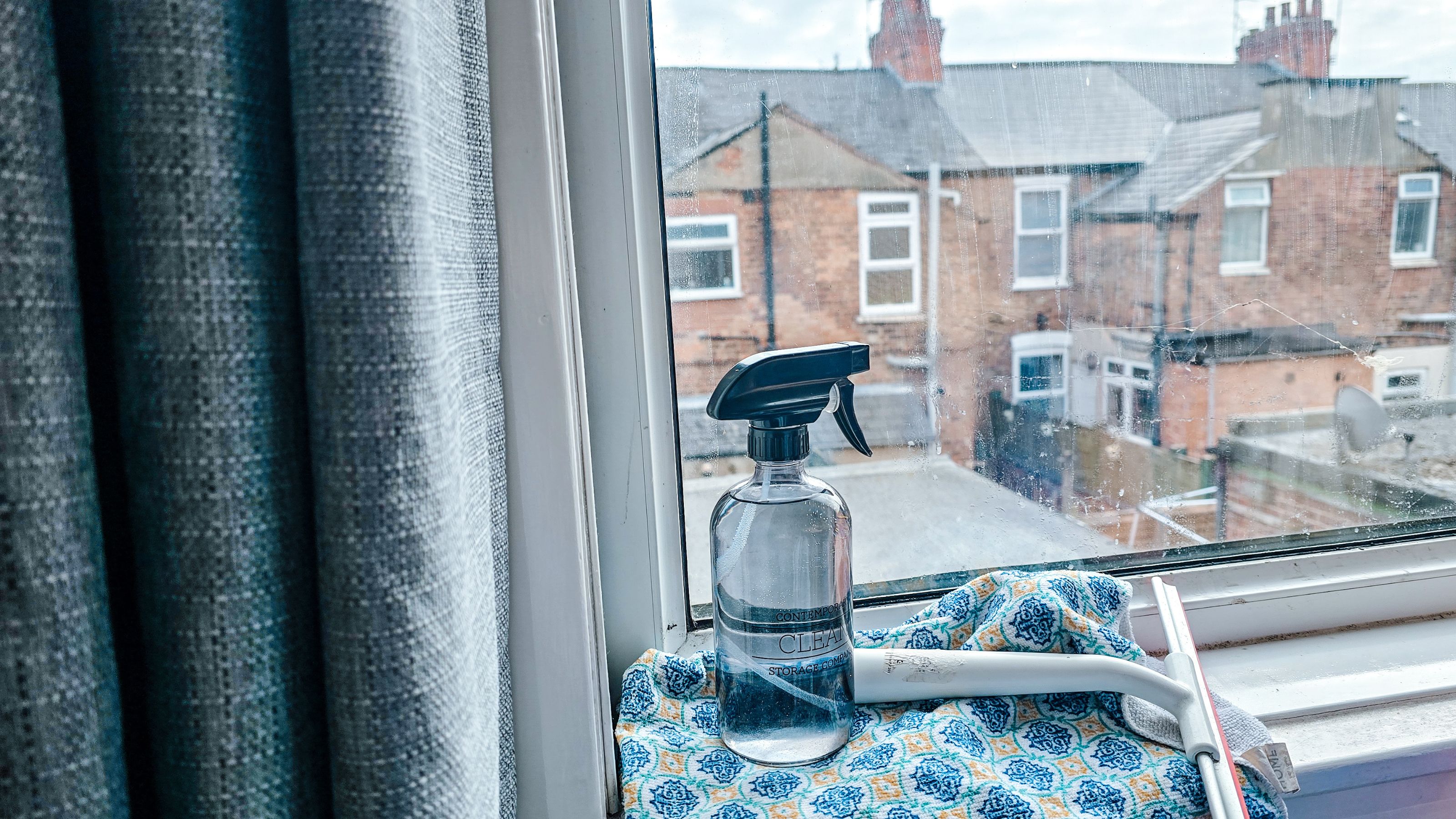 How to clean windows without streaks — 5 easy steps that cleaning pros always follow
How to clean windows without streaks — 5 easy steps that cleaning pros always followThis method on how to clean windows is favored by professional cleaners. We've asked them for the steps you should follow, plus picked cleaning buys
By Eve Smallman Last updated
-
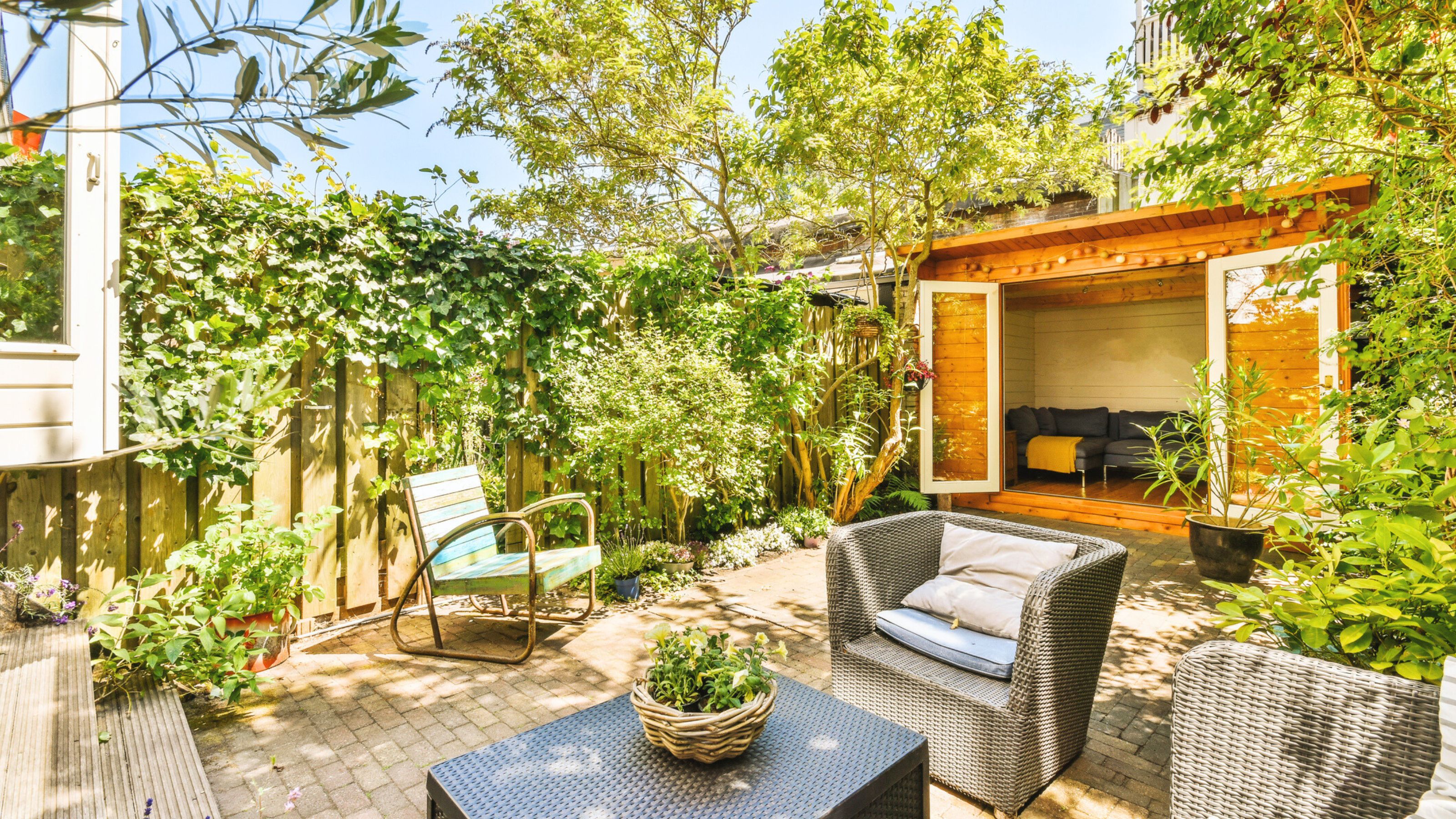 How to repel ticks in your backyard — 5 methods to stop these pesky pests invading your space
How to repel ticks in your backyard — 5 methods to stop these pesky pests invading your spaceWant to know how to repel ticks in your backyard? We've asked landscaping experts for their top tips, plus curated highly-rated picks to help you get rid
By Eve Smallman Published
-
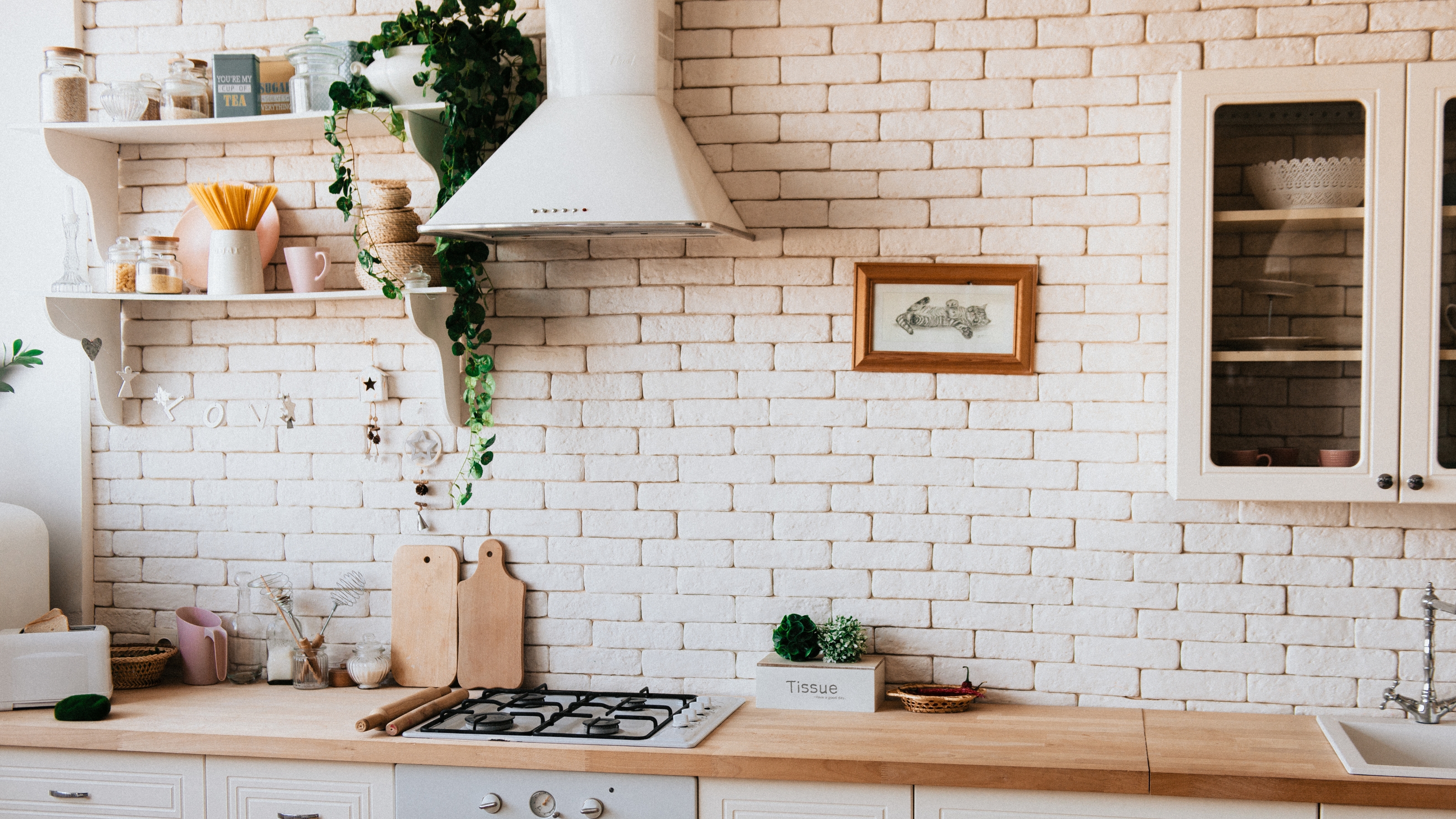 Experts reveal the 7 pest control mistakes that are making your infestation worse and how best to avoid them in your home
Experts reveal the 7 pest control mistakes that are making your infestation worse and how best to avoid them in your homeExperts reveal the pest control mistakes worsening or prolonging your home bug infestation, how best to avoid them when eradicating bugs from your home
By Punteha van Terheyden Published
-
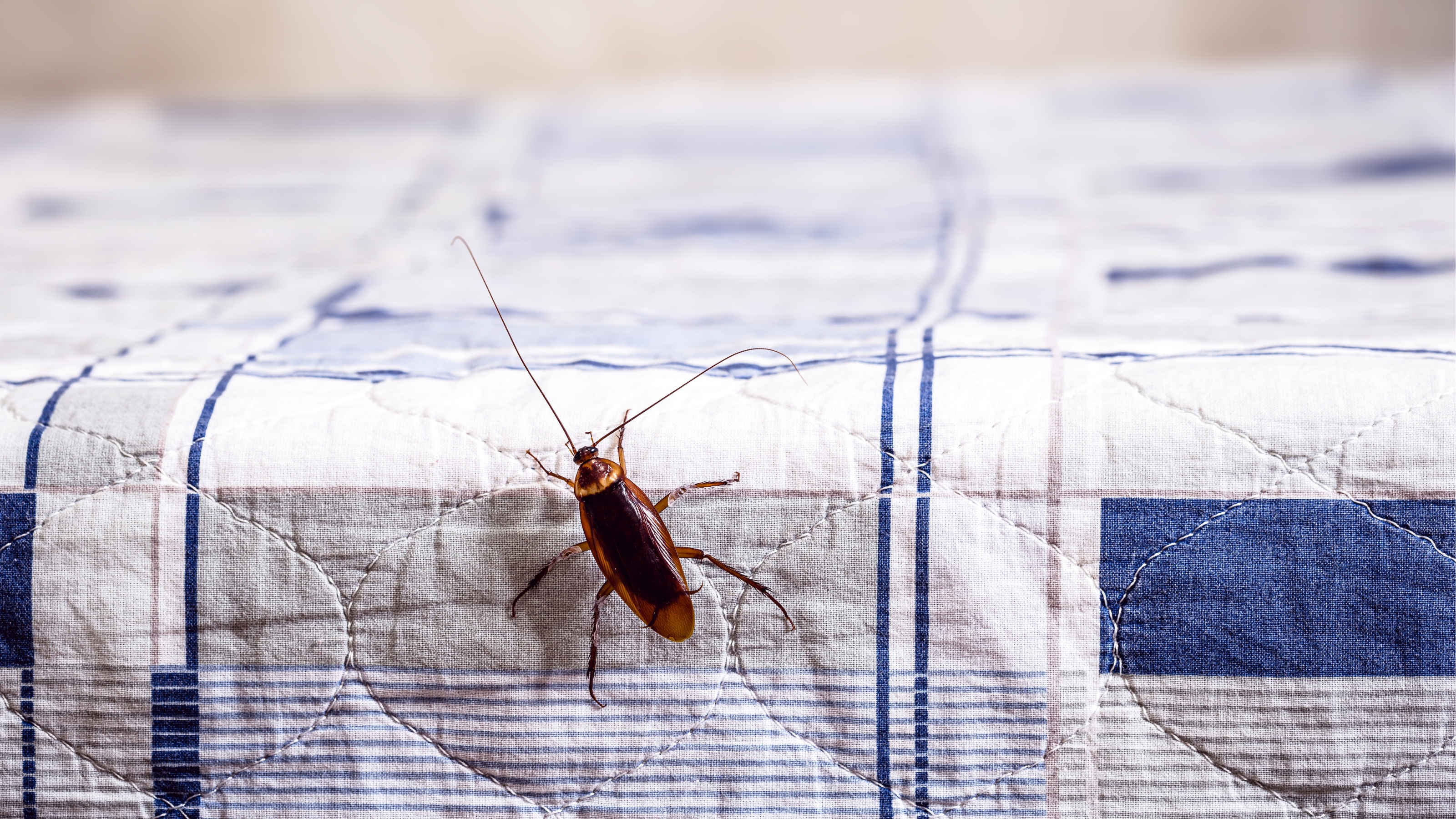 The three household cockroach facts you can harness for better pest control
The three household cockroach facts you can harness for better pest controlExperts reveal three cockroach facts you can use to bolster your battle to banish these pesky bugs from your home
By Punteha van Terheyden Published
-
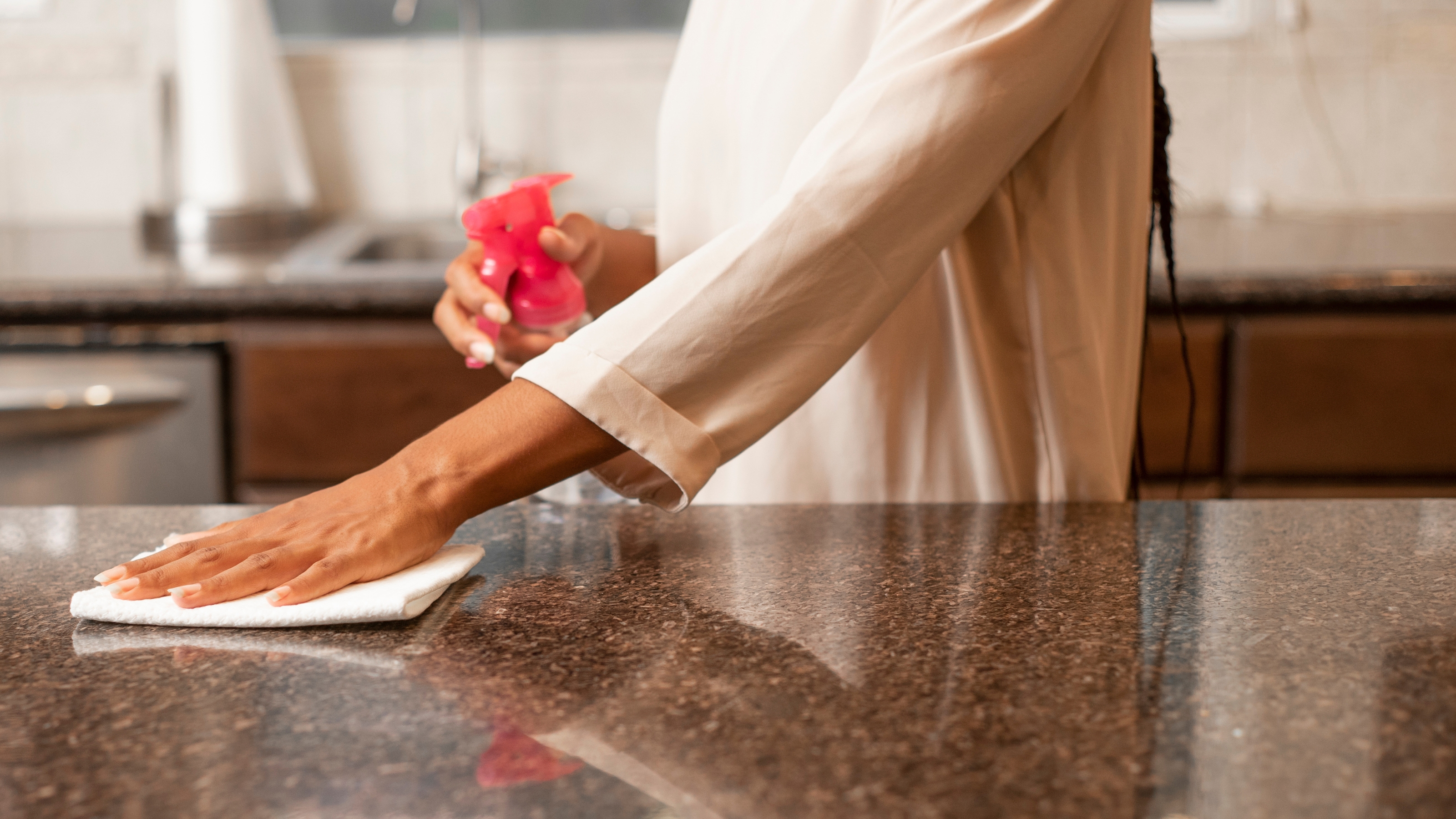 How to get rid of cockroaches in the kitchen — swot up on roach behaviour to banish them permanently, say experts
How to get rid of cockroaches in the kitchen — swot up on roach behaviour to banish them permanently, say expertsPro tips on how to get rid of cockroaches in the kitchen, including why they come in, understanding roach behaviour, and steps to banish them for good
By Punteha van Terheyden Published
-
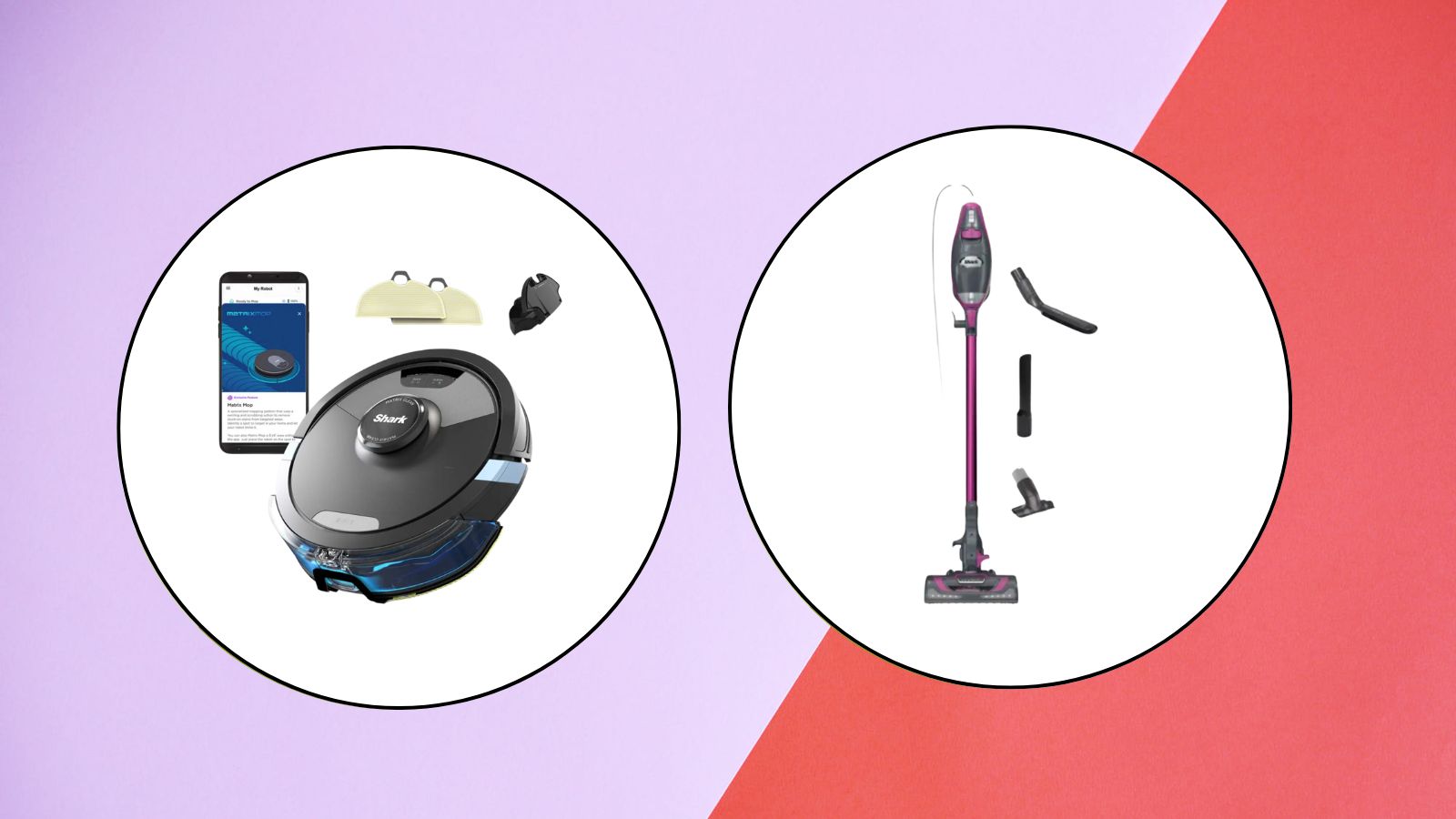 The latest Shark sale deals are perfect for pollen-proofing your home — with up to $150 off our favorite vacuums
The latest Shark sale deals are perfect for pollen-proofing your home — with up to $150 off our favorite vacuumsWe found the latest Shark sale deals on vacuums that are sure to be swooped up, especially as spring blooms trigger pollen allergies and we're in need of extra cleaning
By Danielle Valente Published
-
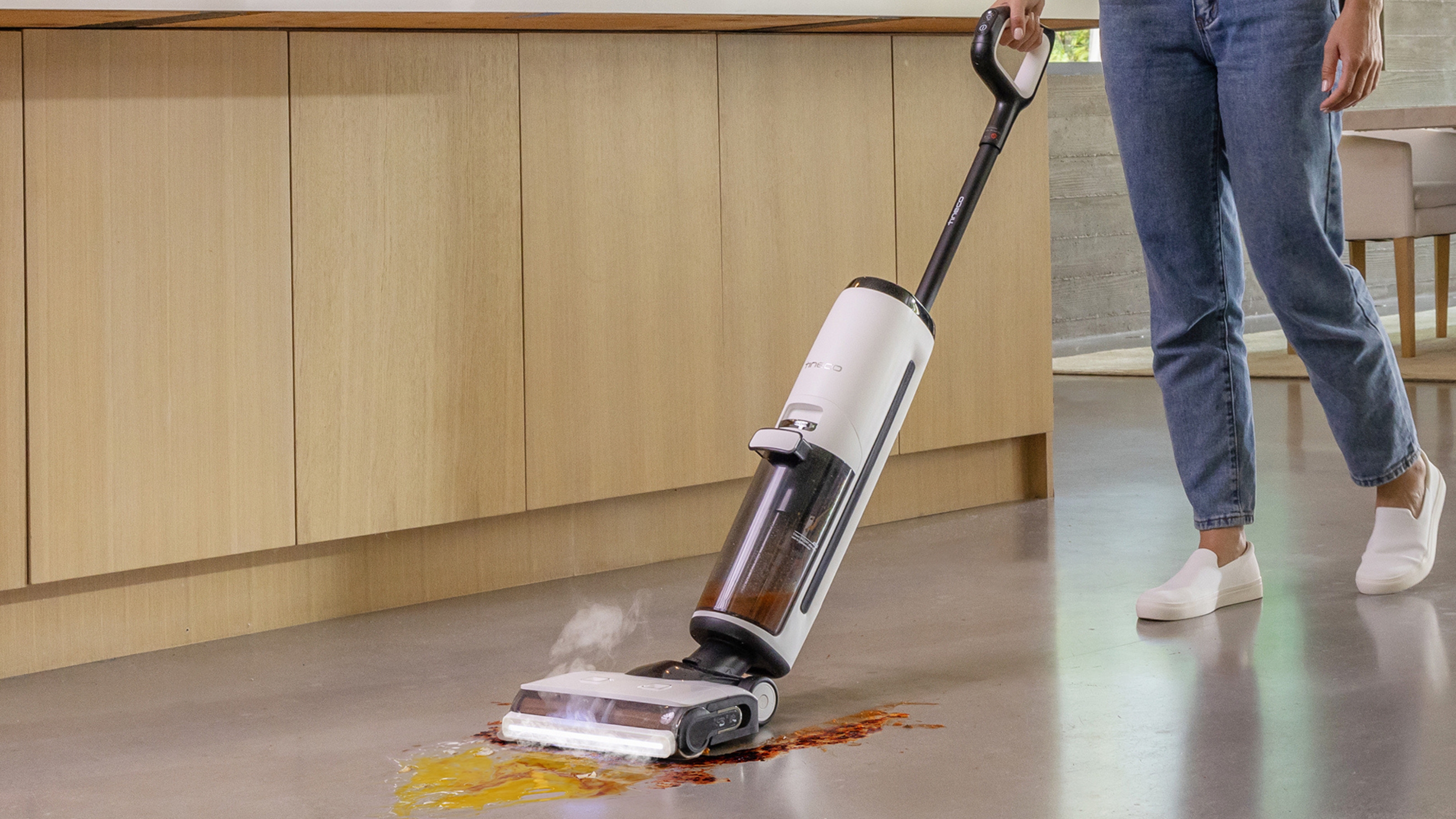
 Tineco Floor One S7 steam wet-dry vacuum review — spotless floors with minimal effort
Tineco Floor One S7 steam wet-dry vacuum review — spotless floors with minimal effortOur contributing editor, Camryn Rabideau, tests the Tineco Floor One S7 steam wet-dry vacuum in her New England homestead property
By Camryn Rabideau Published
-
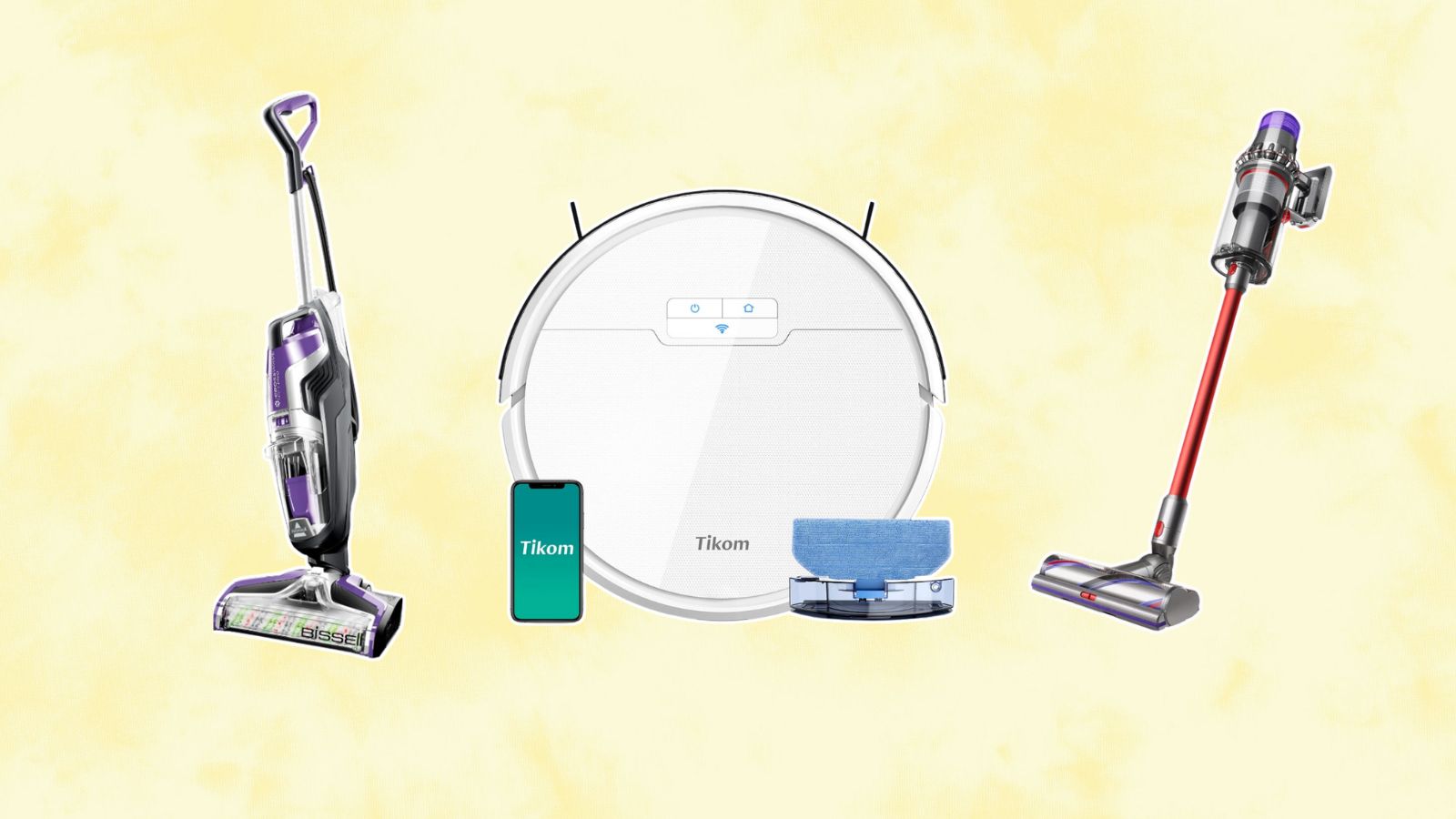 Amazon vacuum cleaners to nab during the retailer's Big Spring Sale — save up to 60% off our go-to small-space finds
Amazon vacuum cleaners to nab during the retailer's Big Spring Sale — save up to 60% off our go-to small-space findsChecking out the savings on Amazon? Vacuum cleaners are a must-buy during their first Big Spring Sale — here are our favorites up to 60% off
By Danielle Valente Published